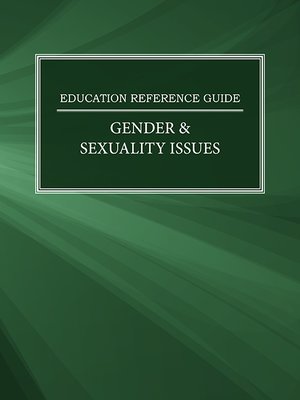
Sign up to save your library
With an OverDrive account, you can save your favorite libraries for at-a-glance information about availability. Find out more about OverDrive accounts.
Find this title in Libby, the library reading app by OverDrive.



Search for a digital library with this title
Title found at these libraries:
| Library Name | Distance |
|---|---|
| Loading... |
The discussion begins broadly with an overview of gender disparities in world education. In spite of the initiatives
aiming to improve gender parity, female students have continued to experience significantly lower access to education
nationwide. Although there are many disadvantages that female students confront, studies have shown that American
school-aged boys, on average, face more discipline problems and learning disabilities than girls, a reminder that
gender equality requires education improvements for both sexes. R.D. Merritt discusses the growing trend of same-sex
classrooms and the case studies that have shown gender-specific segregation to produce positive results for some students.
In her essay on women in education, Belinda B. McFeeters cites the influential women involved in the history
of teaching and reviews the current state of gender equality in colleges and universities, specifically in regard to the
percentage of women who hold full-time faculty or upper-level administrative positions. Sandra Myers discusses the
influence that an instructor’s gender can have on his or her teaching style and the ways that male and female students
can thrive in different classroom environments. Myers then associates high-stakes testing with educational equality,
noting that “tests can contain subtle biases that favor one racial, cultural, or gender group over another.” Susanne
Carter underlines the importance of providing empathetic and respectful counseling services to students who are gay,
lesbian, bisexual, transgender or questioning. These students are often harassed, and their learning is subsequently
compromised by stress, truancy, dropping out, and failure. Carter cites the need for school services that support these
students and the inclusion of GLBTQ content in the curriculum.







